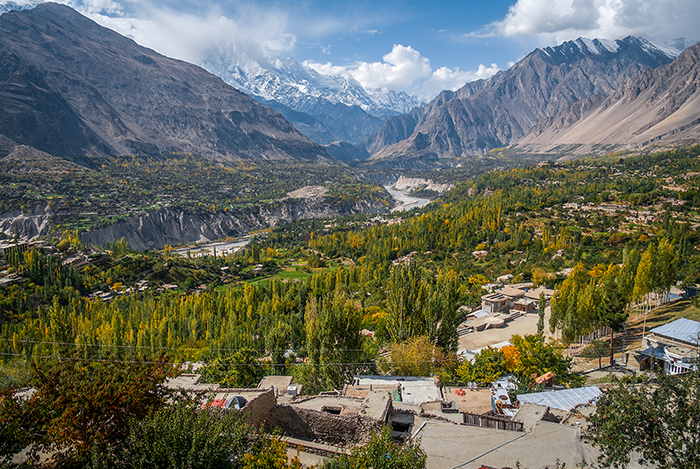Overview
This year, Pakistan, a South Asian country with over 200 million people, has emerged as a new market for residential photovoltaic and energy storage. Similar to South Africa, the rapid growth of Pakistan's photovoltaic and energy storage market is closely linked to its fragile electricity market environment.
Pakistan's power grid has long been plagued by power cuts and outages, primarily due to insufficient generation capacity and an aging transmission and distribution network with high line losses. During peak demand periods, such as summer, the grid cannot handle the load, making power outages a common occurrence.
Economy
While Pakistan's GDP growth rate is relatively high, it lags behind other emerging markets and developing economies. According to the International Monetary Fund (IMF), Pakistan's GDP reached $338.2 billion in 2023, ranking 43rd globally, comparable to China's Shanxi province.
From 2000 to 2023, Pakistan's annual GDP growth averaged 5.5%. However, in most years, this growth rate was lower than that of other emerging markets and developing economies. In terms of per capita GDP, the gap between Pakistan and neighboring India has widened. Before 2007, Pakistan's per capita GDP was slightly higher than India's, but India has significantly outpaced Pakistan since then.
Population
With over 200 million people, Pakistan has a large and growing population. According to the World Bank, Pakistan's population reached approximately 236 million in 2022. The 2023 national census indicated that the population had grown to 240 million, making it the fifth-largest in the world. Pakistan's population has been steadily increasing since 1960, with an annual growth rate of 1.65% since 2010.
The population is predominantly young and middle-aged, with an average household size of about 6.4 people, according to the Pakistan Bureau of Statistics in 2017.
Energy
Pakistan relies heavily on traditional energy sources and hydropower, with a steadily growing generation capacity. Despite having some natural gas and coal reserves, Pakistan imports the majority of its fossil fuel consumption. As of 2023, more than 50% of Pakistan's installed generation capacity comes from oil, natural gas, and coal, while hydropower accounts for over 20%. Renewable energy sources remain limited, with wind power making up around 4% and solar power just 1%.
Environment

Located in tropical and subtropical regions, Pakistan has a high electricity demand, with residential consumption accounting for about 50% of total demand. The country's climate, particularly in the southern regions, drives significant electricity usage due to high temperatures averaging 27°C (81°F) annually, especially during summer.
Power System
Pakistan's power sector faces significant challenges, including circular debt and a slow-developing transmission network with high line losses. The government supports the sector through financing and subsidies, but the industry struggles with circular debt due to low bill payment rates, high transmission and distribution losses, and inadequate government subsidies. These issues result in the central power purchasing authority often delaying payments to power plants and the national grid, leading to a cascading debt problem within the supply chain.
The outdated transmission network, mainly developed in the 1970s and 1980s, exacerbates these issues with its high loss rates.
Energy Transition
Pakistan prioritizes energy transition and supports the development of renewable energy sources like hydropower and wind power. The country's electricity generation heavily depends on imported fossil fuels, making it vulnerable to fuel price fluctuations and availability. To address this, the government has implemented policies such as the Renewable Energy Development Policy, Integrated Energy Planning, and the Alternative and Renewable Energy Policy (2020). These policies aim to increase the share of renewable and alternative energy in Pakistan's power market to 20% by 2025 and 30% by 2030.
For solar energy, Pakistan's energy regulatory authority, NEPRA, actively promotes photovoltaic projects through competitive bidding, introducing market models to facilitate the development of solar projects.







